
India’s currency system has seen significant changes over the years, with different denominations and coins being introduced, revalued, or phased out. One such coin that holds a nostalgic value for many, especially among collectors, is the 1 Paisa coin. This small copper coin, once a daily part of transactions, tells a story of India’s economic evolution and the transformation of its currency system.
In this blog, we’ll explore the history, significance, and the journey of the 1 Paisa coin in India.

1. The History of the 1 Paisa Coin
The term paisa is derived from the Sanskrit word pada (meaning a quarter). Historically, paisa coins were widely used in India during the British colonial period, and after independence in 1947, they continued to form a part of the currency system. The 1 Paisa coin was initially introduced in 1950, following India’s independence, to be a part of the newly established Indian currency system.
Over the decades, India has seen various designs, shapes, and sizes of paisa coins. The 1 Paisa coin, in particular, was a part of the subunit of the Indian Rupee. Its value was equivalent to 1/100th of a rupee, making it a vital coin for day-to-day transactions in the mid-20th century.
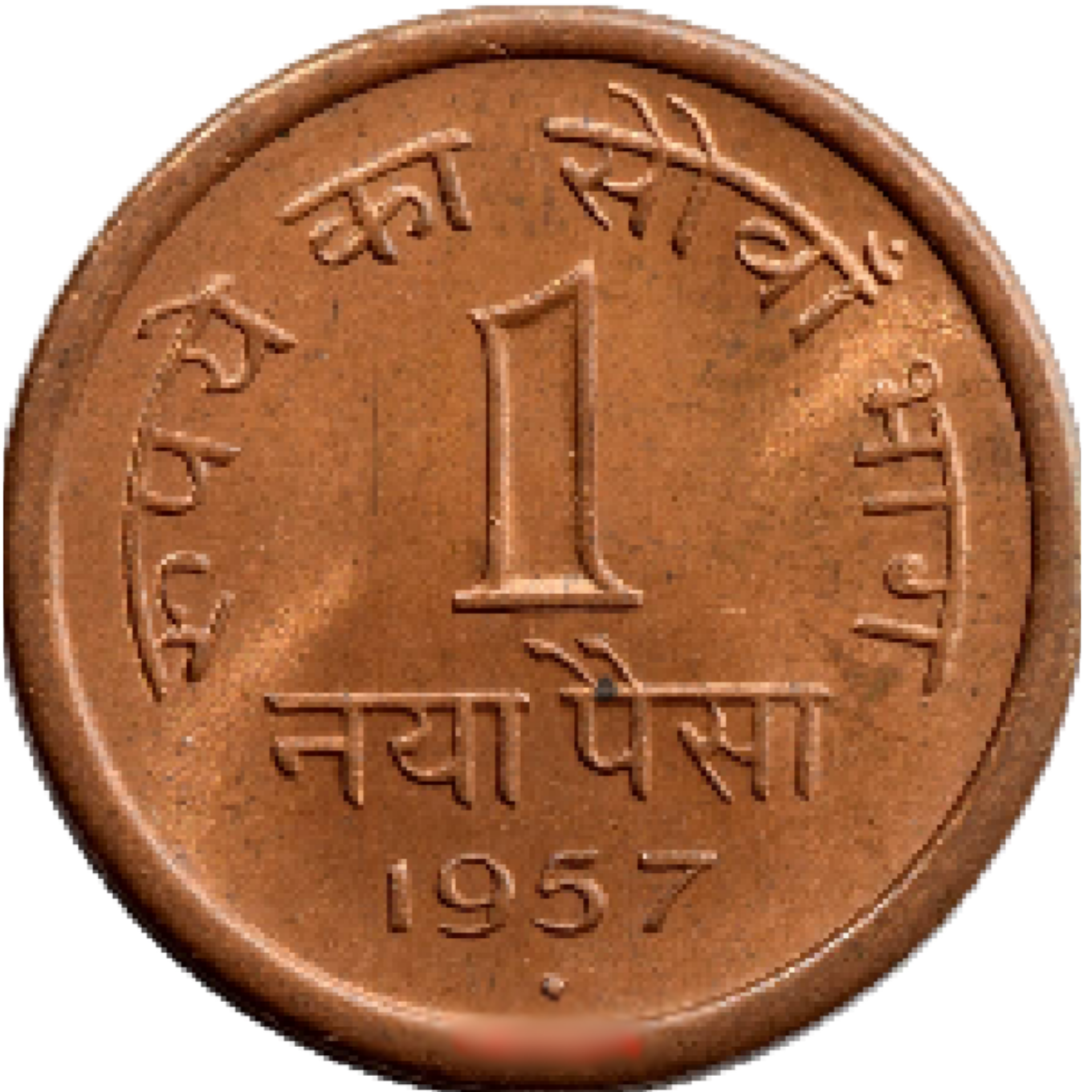
2. Design and Materials Used
The design of the 1 Paisa coin evolved over time. The initial design, from the 1950s to the 1970s, was quite simple, featuring the Ashoka Pillar on the obverse (front) side with the inscription *”Bharat”* (India) and the year of minting. The reverse side would display the denomination “1 P” and the emblem of the Indian government.
The 1 Paisa coin was made primarily of copper and later, as inflation took its toll, it was produced using a mix of other metals. Some versions of the coin were also made from copper-nickel alloy, especially in the 1980s
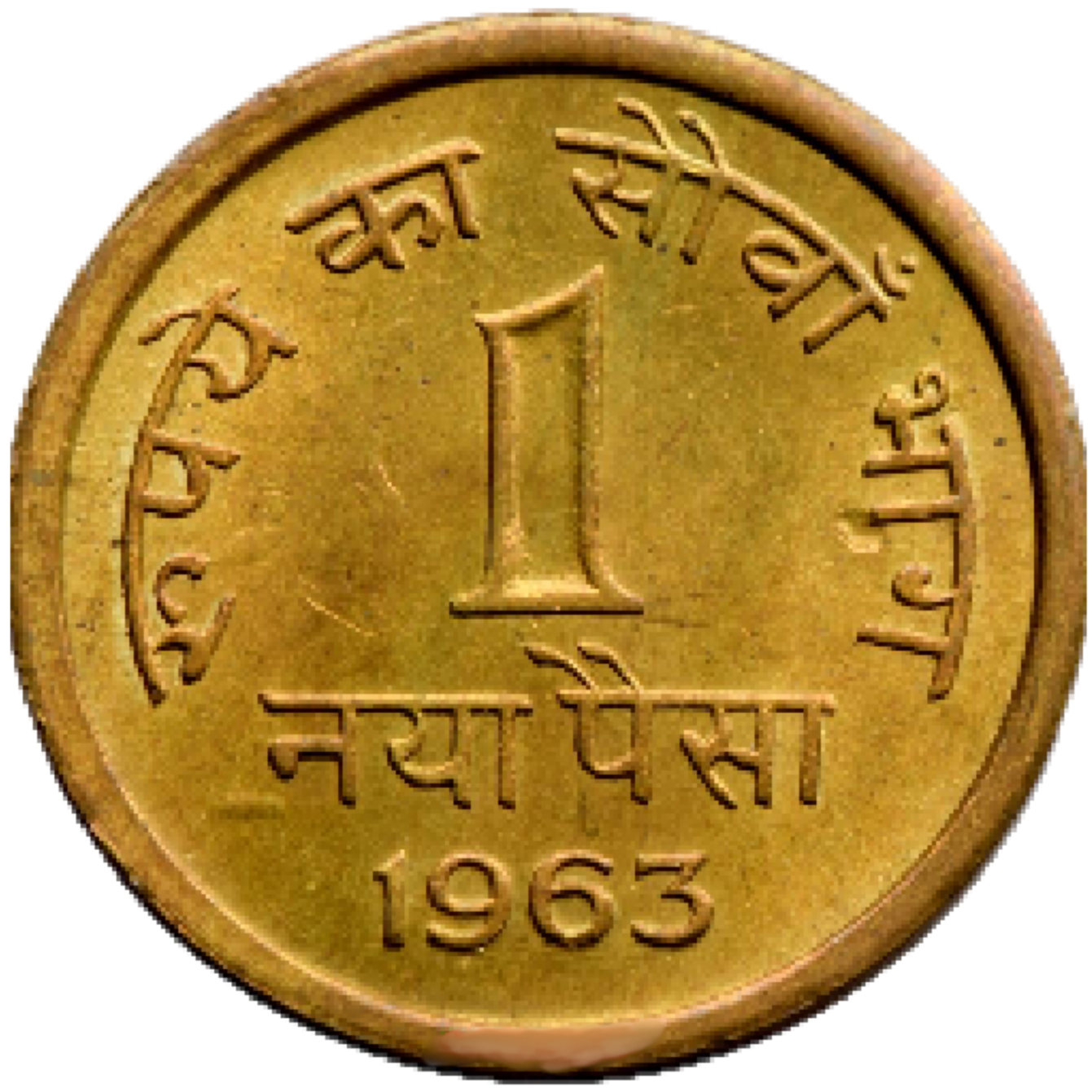
3. The 1 Paisa Coin in Daily Life
For decades, the 1 Paisa coin was a crucial part of everyday transactions in India. It was used for small purchases like sweets, newspapers, and minor goods. Vendors and street hawkers would frequently give change in paisa coins, and many Indian children grew up with the sound of these small coins jangling in their pockets.
As inflation gradually increased, the purchasing power of the paisa decreased, and so did its value. By the 1990s, 1 Paisa coins had largely faded from use. The advent of newer coins and notes, coupled with the rapid increase in the cost of goods, led to the reduced relevance of the 1 Paisa coin.
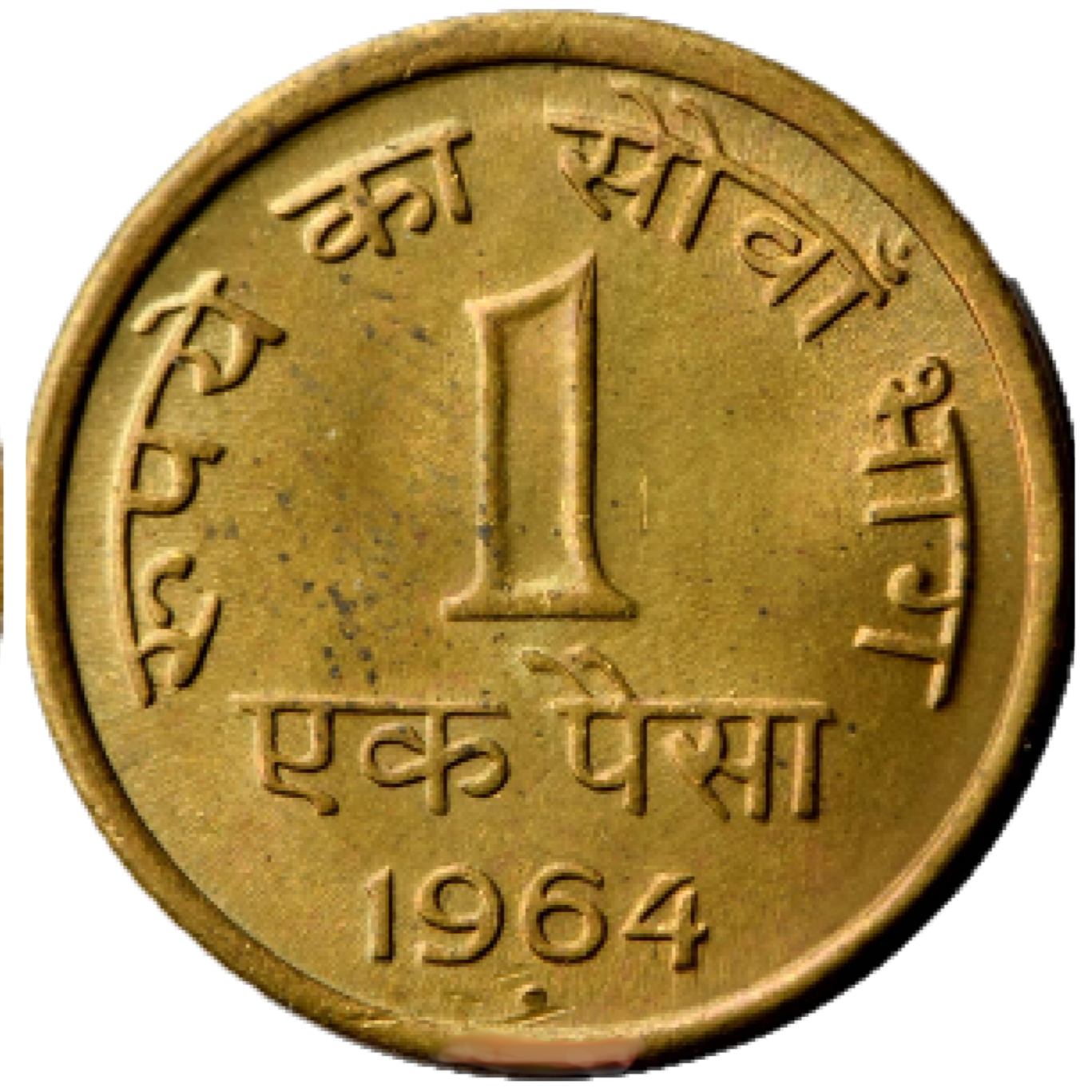
4. Phasing Out of The 1 Paisa Coin
In 2011, the Indian government officially announced that it would stop minting 1 Paisa coins due to their diminishing value and the rising costs of production. While the coin was still legal tender, its actual utility in daily transactions had become almost negligible. Many businesses and consumers even stopped accepting the 1 Paisa coin for transactions, making it effectively obsolete.
However, the 1 Paisa coin was not just discarded. It became a collector’s item, with many enthusiasts and numismatists (coin collectors) actively seeking older versions of the coin. Over time, the coin became more of a historical artifact than a currency tool.
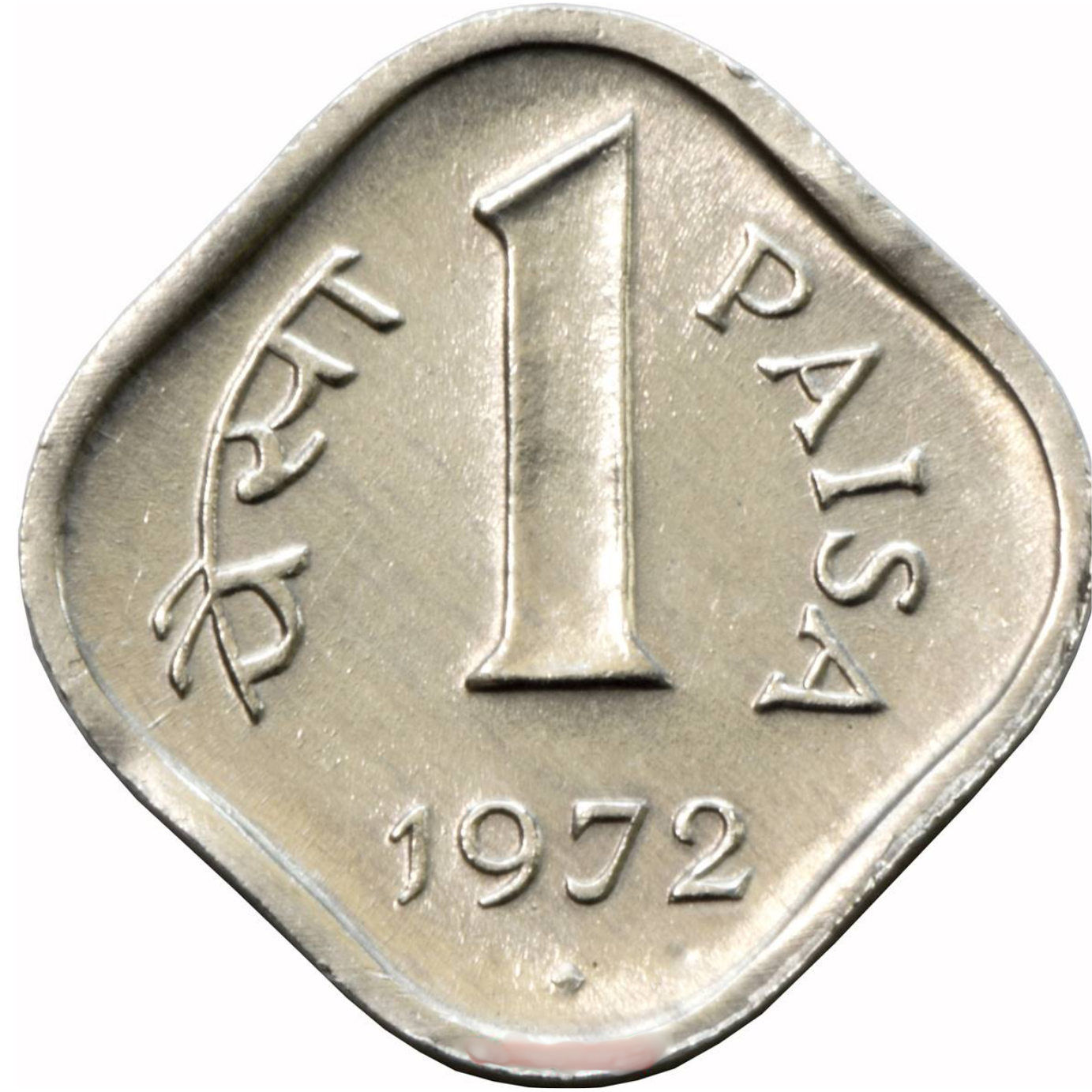
5. Collecting 1 Paisa coins
For collectors, the 1 Paisa coin has become an interesting subject of study. Coins from certain years, especially those with specific minting errors or those that have been in circulation for longer periods, are now considered rare and valuable. The designs, the years of minting, and the materials used are all factors that contribute to their appeal.
Some collectors even focus on complete sets of Paisa coins, preserving coins from each year to chart the changes in India’s economic history.
Although the 1 Paisa coin is no longer in circulation, it remains a symbolic piece of India’s rich monetary history. It represents the period of transition from a newly independent nation to the modern economy we see today. For many, it invokes nostalgia for a simpler time when small coins played an essential role in everyday life.
In modern times, the coin can still be seen as a metaphor for the rapid economic changes that have occurred in India since independence. It highlights how a small unit of currency, once vital, can lose significance as time passes and the economy grows.
We have provided some of 1 paisa coins available for collectors to add to their collections
1 Paisa Coins
Note : The prices mentioned reflect not just the cost of the coins themselves, but also the expenses associated with sourcing, acquiring, and preserving them..
Note : The prices mentioned reflect not just the cost of the coins themselves, but also the expenses associated with sourcing, acquiring, and preserving them..









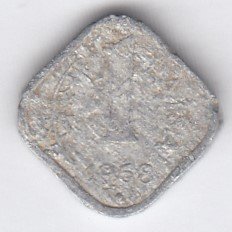


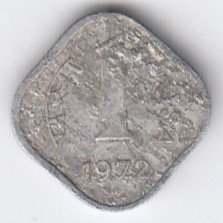
I’m extremely impressed with your writing skills as
well as with the layout on your blog. Is this a
paid theme or did you modify it yourself? Anyway keep up the nice quality
writing, it’s rare to see a great blog like this one nowadays.